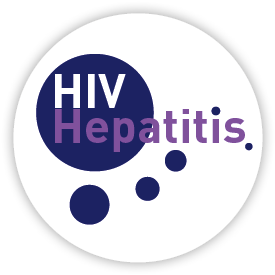Pharmacokinetics of antiretrovirals comparable to that in non-pregnant women from three weeks after delivery
1 August 2016. Related: Conference reports, Antiretrovirals, Pregnancy, PK Workshop 17th 2016 Durban.
When looking at pregnancy induced pharmacokinetic changes, timing of the postpartum control curve from three weeks after delivery was comparable to non-pregnant women, according to investigators form the PANNA study.
Pregnancy may induce changes in the pharmacokinetics (PK) of antiretrovirals, which could lead to sub-therapeutic levels. PANNA is a European clinical pharmacology network that investigates the PK of new antiretrovirals in HIV positive pregnant women.
The PANNA protocol includes taking PK curves in the third trimester of pregnancy (at approximately 33- weeks gestational age) and postpartum (at least two weeks after delivery). The postpartum curve is used as the intrapatient control curve for the non-pregnant woman.
The PANNA investigators found that sometimes, the postpartum curves are performed before the preferred period with a minimum of two weeks. They also noted that the choice of 2-6 weeks postpartum – although widely used in PK studies – has not been validated. So they assessed this timing and the effect of pregnancy on the PK of several antiretroviral agents in a study presented by Angela Colbers from PANNA at 17th International Workshop on Clinical Pharmacology of HIV & Hepatitis Therapy.
Women with paired PK for the antiretrovirals for which lower exposure in pregnancy was observed were included in the analysis: emtricitabine, tenofovir DF, atazanavir/ritonavir, darunavir/ritonavir, raltegravir and maraviroc.
The investigators calculated relative ratios for AUC and Cmax for each participant and antiretroviral agent. They divided the ratio of the AUC in the third trimester/postpartum for each participant and antiretroviral agent by the geometric mean ratio of the third trimester/ postpartum in the study population for that antiretroviral agent.
There were 157 paired PK parameters, from 62 participants, generated in the PANNA study, included in the analysis. Median age at delivery was 32 years (range 19-45); 60% were black, 39% white and 1% of other ethnicity. Weight at postpartum PK sampling was 71 kg (range 43-126), and weight at third trimester PK sampling was 76 kg (range 48-139).
The investigators reported they observed no statistically significant difference for AUC (p=0.337) or Cmax (p=0.227) relative to reference from week 3 postpartum onward (>week 8 pooled).
They concluded that no time effect was observed for postpartum curves taken at least 3-weeks post- delivery, and these curves were comparable to non-pregnant population means. They added that dose reductions (after dose increase in pregnancy) should be considered from two weeks post-delivery onwards.
Reference:
Colbers A et al. Timing of the postpartum curve in pharmacokinetic studies in pregnancy should not be too early. 17th International Workshop on Clinical Pharmacology of HIV & Hepatitis Therapy. 8-10 June 2016, Washington DC, USA. Oral abstract O_3.
http://regist2.virology-education.com/2016/17HIVHEPPK/04_Colbers.pdf (slides)


